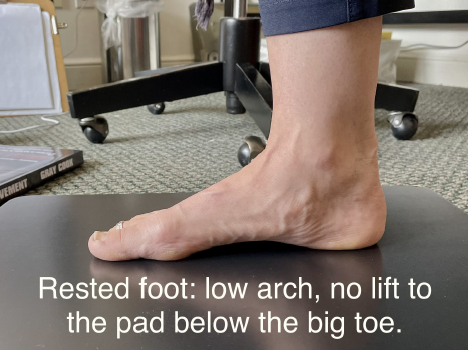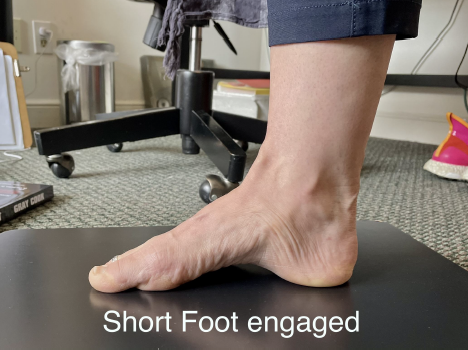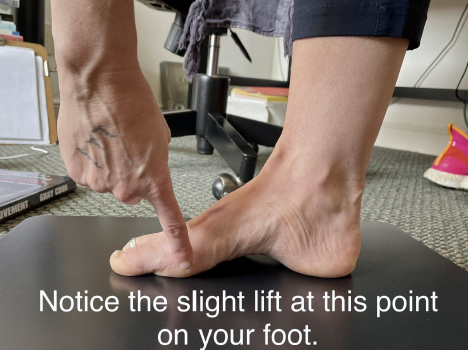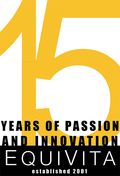Let’s start with the “weight” or type of resistance. To the body does it matter if you are lifting a dumbbell or kettlebell? Does it make a difference if you are using resistance bands or your body weight or a plate-loaded machine? The short answer is yes, and the longer answer is hell yes. Free-weights, kettlebells and machines that have only round pulleys all provide a constant amount of resistance. Resistance bands, tubing and machines that have oblong paths for the cable have a variable resistance. In function, the variable resistance provides the ability to make the resistance greater at the point where the muscles are stronger and less “weight” in the weaker ranges of the movement. Exercises with free weights and body weight can also require more stabilization than exercises which isolate a movement which can provide a greater functional benefit but at the cost of maximizing the targeted muscle contraction.
Once you have determined the type of resistance, based on your goals and what you have available to use, the next step is to consider your goals related to what type of response you want from your body. Every skeletal muscle has a ratio of fiber types from those that can generate the most power but fatigue quickly to those that can just keep going but aren’t very forceful in their contractions.
While in daily programming I don’t find it very useful, textbook strength training programs are based on the 1RM (One Rep Max) reference point for determining the number of sets and reps. To determine your 1RM you select an exercise, like a bench press, and progressively add weight until you get to a maximum amount of weight that you can perform a full repetition with good form but that you fatigue when trying the second rep. This maximum number then provides the foundation for designing your program based on the percentage or maximum for each set and then number of reps per set.
With a goal of stimulating the muscle to grow in size and strength, you would design your program to have fewer reps (2- 12) and more sets (3-8) and your focus would be to push as much heavy resistance as you can as many times as you can because that will challenge the body to activate as much of the fast twitch fibers of the muscle for a longer period of time. The strongest parts of the skeletal muscle are also the parts that exhaust the quickest and your goal of stimulating your body’s response to create more of those parts is realized only when you have made those muscles contract for longer periods of time.
It is easiest to focus on the number of repetitions as the metric by which to measure the amount of time that the muscle has been contracting, but it also brings some error into the program. If the goal is actually the amount of time, wouldn’t it make more sense to have your exercises based on lifting a weight continuously for 30 seconds, 5 seconds or 90 seconds? There are programs built on this and, of course, this also brings other challenges. Aside from the obvious time-keeping issue, most exercises have points in the range of motion where the muscles aren’t being as challenged. Taking a pause at this point in the exercise feels like a break because it is actually allowing the muscle to recover some and that is directly contradictory to the goal. If the muscle is allowed to recover, even fractions of a second, then the stimulation for maximal gains to the body will be lessened. Resting, even briefly, during a set allows the body to continue the exercise without having to devote energy into building more muscle. The same is true if your set includes reps of 10 or 50, because it is not about the number of repetitions but the length of time that the muscle is continually contracting.
Rest times for the muscle should be reserved for between sets where the intention is to provide enough recovery for the muscle to prepare for the next series of repetitions. From a few seconds to multiple minutes, the length of the time between sets should also be dependent on the goals. In general, the more rest between sets the more the muscle can replenish and the more force that muscle can generate in the next set. Of course, too much rest and the muscle will decrease in blood flow and not be as prepared to perform more work.
The steps to designing a strength training program should begin with a clear focus of your goals. And these will certainly change over time, but you need to have an understanding of the response you are asking of your body before you can decide on the type of resistance and especially before determining the number of sets and amount of reps per set. Your body’s goal is to do what you ask in the most efficient way. It will only devote energy toward building muscle when that is the best option. Your selection and performance of exercise is how you tell your body that is the best option.
As always, let me know how I can help.
Adam





 RSS Feed
RSS Feed
